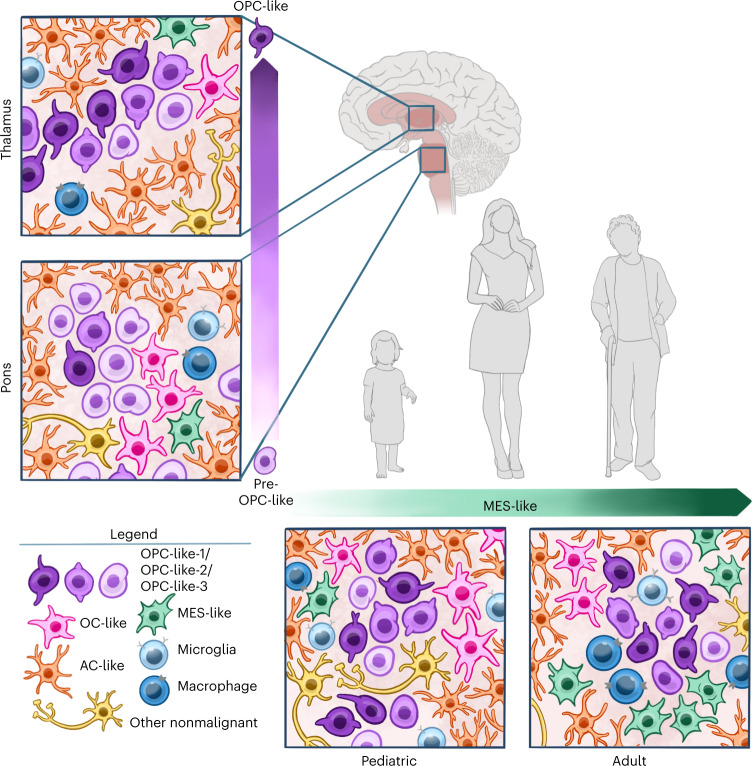Fig. 7. Schematic summary of the spatiotemporal context-specific composition of H3-K27M DMGs.
Comparisons are between pediatric versus adult patient groups (x axis) and pontine versus thalamic midline locations (y axis) and a representative model image of tumor cell composition is depicted, respectively. All tumor groups are abundant in OPC-like cells and also harbor more differentiated AC-like, OC-like, MES-like and nonmalignant microenvironmental cells, but lack tumor cells of the NPC/neuronal lineage, as delineated by single-cell multi-omics (color legend). MES-like cells increase with age, as indicated by the green arrow, which is associated with age-related changes in the tumor immune microenvironment; in particular, higher proportions of microglia in pediatric tumors as opposed to increased proportions of macrophages in adult tumors. Location specificity exists for varying maturation stages of OPC-like cells—pontine tumors harbor less mature pre-OPC-like cells, while thalamic tumors are enriched for more mature lineage-committed OPC-like cells, either as a result of region-specific cell-intrinsic features or due to location-related diversification driven through interactions within the local environmental niche.

